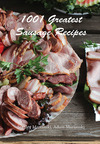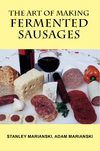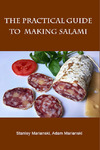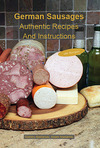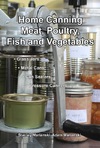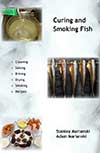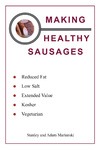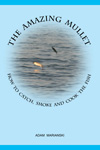Meats and Sausages
Brunszwicki Head Cheese (Salceson brunszwicki)
Head cheeses are very popular in Poland and Germany and the origins of this one are leading to a German town of Brunszwik.
| Meats | Metric | US |
|---|---|---|
| Pork heads without ears | 600 g | 1.32 lb |
| Fat trimmings | 100 g | 0.22 lb |
| Pork or veal liver | 150 g | 0.33 lb |
| Pork or veal lungs, boiled beef or veal head meat | 100 g | 0.22 lb |
| Pork skins | 0.50 g | 0.11 lb |
Ingredients per 1000g (1 kg) of meat
| Salt | 18 g | 3 tsp |
| Cure #1 | 2.0 g | 1/2 tsp |
| Pepper | 2.0 g | 1 tsp |
| Marjoram | 2.0 g | 1 tsp |
| Onion | 30 g | 1 oz |
Instructions
- Cook meats (except liver) in small amount of water until soft: snouts, lungs, jowls at 85°C (185°F); skins and heads at 95°C (203°F); fat at 85°C (185°F) until semi-soft.
- Remove gristle from lungs and meat from heads when still warm. Spread apart on a flat surface to cool.
- Cut jowls and snouts into 3/8 -1/2” (10-12 mm) cubes. Remaining meats ground through 1/8” (3 mm) plate
- Mix all meats, salt, Cure #1 and spices well together.
- Stuff loosely into stomach, bladder, pork middles or 100 mm synthetic strong casings. Cook in water at 82° C (180° F) for 90-150 min (depending on size) until meat reaches 68-70° C (154-158° F) internal temperature. Remove air with a needle from pieces that swim up to the surface.
- Spread head cheeses on a flat surface and let the steam out. Flatten stomachs with weight and cool to 6°C (43°F) or less.
- Clean head cheeses of any fat and aspic that accumulated on the surface, even them out and cut off excess twine. The shape of the finished product: flattened pork or beef bladders in a shape of irregular disk up to 10” (25 cm) diameter and 3 “ (8 cm) thick; flattened pork middles, 7-10” (18-25 cm) long, about 6” (15 cm) wide and 3” (7 cm) high.




